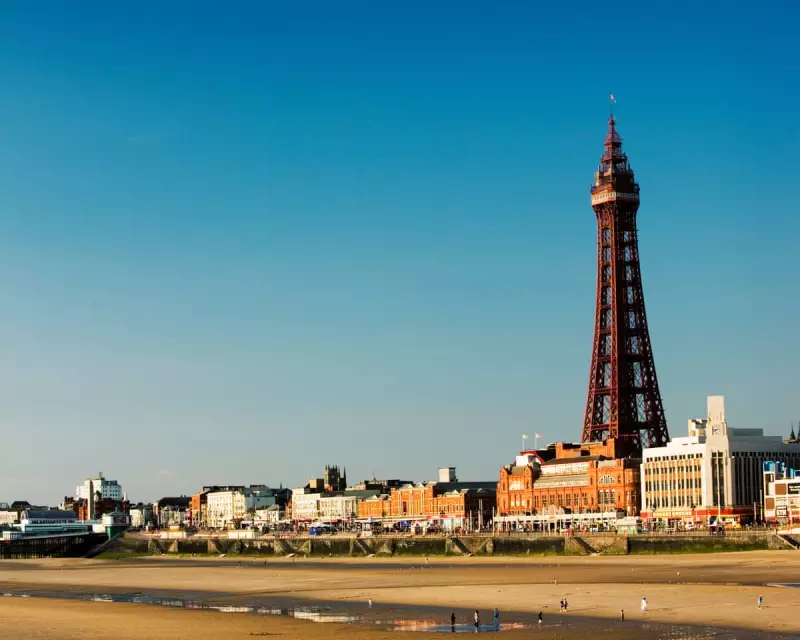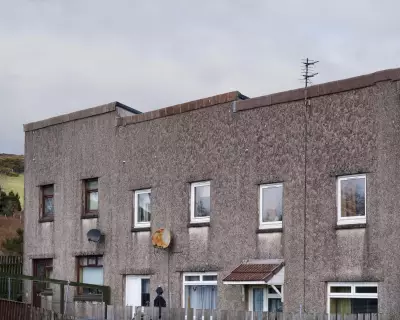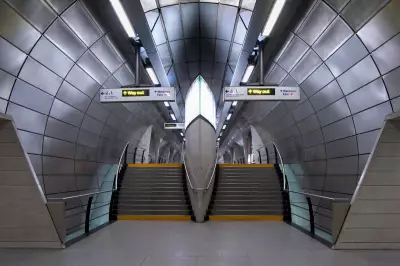
For decades, governments have poured billions into regenerating Britain's most deprived neighbourhoods, focusing on physical transformation - new housing, improved public spaces, and better infrastructure. Yet according to troubling new analysis, this approach is fundamentally flawed.
The Missing Piece in Regeneration
The stark reality is that no amount of physical improvement can compensate for the crushing weight of low household incomes. Research from the Centre for Cities reveals a sobering truth: while physical regeneration has its place, it cannot lift communities out of poverty when residents simply don't have enough money in their pockets.
The Income Gap That Physical Changes Can't Bridge
Consider this: in prosperous southern cities outside London, the average disposable household income after housing costs stands at £25,600. Meanwhile, in struggling northern communities like Burnley and Blackburn, families are trying to survive on just £17,400 annually. This £8,200 gap represents a chasm that new buildings and parks alone cannot overcome.
Why Traditional Regeneration Falls Short
The conventional approach to urban renewal has typically involved:
- Demolishing and replacing outdated housing stock
- Creating new commercial and retail spaces
- Improving public transport links
- Developing community facilities and green spaces
While these improvements are valuable, they fail to address the core problem: poverty is primarily about money, not just place.
A Dual Approach to Community Revival
The solution requires a fundamental shift in strategy. Rather than choosing between place-based regeneration and income support, we need both. Successful community revival must include:
- Economic interventions that boost local job opportunities and wages
- Skills development that prepares residents for better-paying employment
- Physical regeneration that creates attractive, functional communities
- Social support that helps families navigate financial challenges
The Political Challenge Ahead
This dual approach requires political courage. It means acknowledging that regeneration isn't just about transforming landscapes but about transforming lives through economic empowerment. It demands investment in education, training, and business development alongside physical improvements.
The evidence is clear: when households struggle with inadequate incomes, even the most beautifully regenerated neighbourhoods cannot thrive. The shops, cafes, and businesses that move into improved areas often cater to wealthier incomers rather than serving existing residents who lack disposable income.
A Call for Smarter Investment
As Britain faces ongoing economic challenges, the need for smarter approaches to regional inequality has never been more urgent. The next wave of regeneration must recognise that prosperous communities require both attractive surroundings and adequate household finances.
The message to policymakers is unmistakable: stop treating physical regeneration as a magic bullet for poverty. Instead, develop integrated strategies that address both the places people live and the economic realities they face. Only then can we genuinely transform Britain's most deprived communities.





